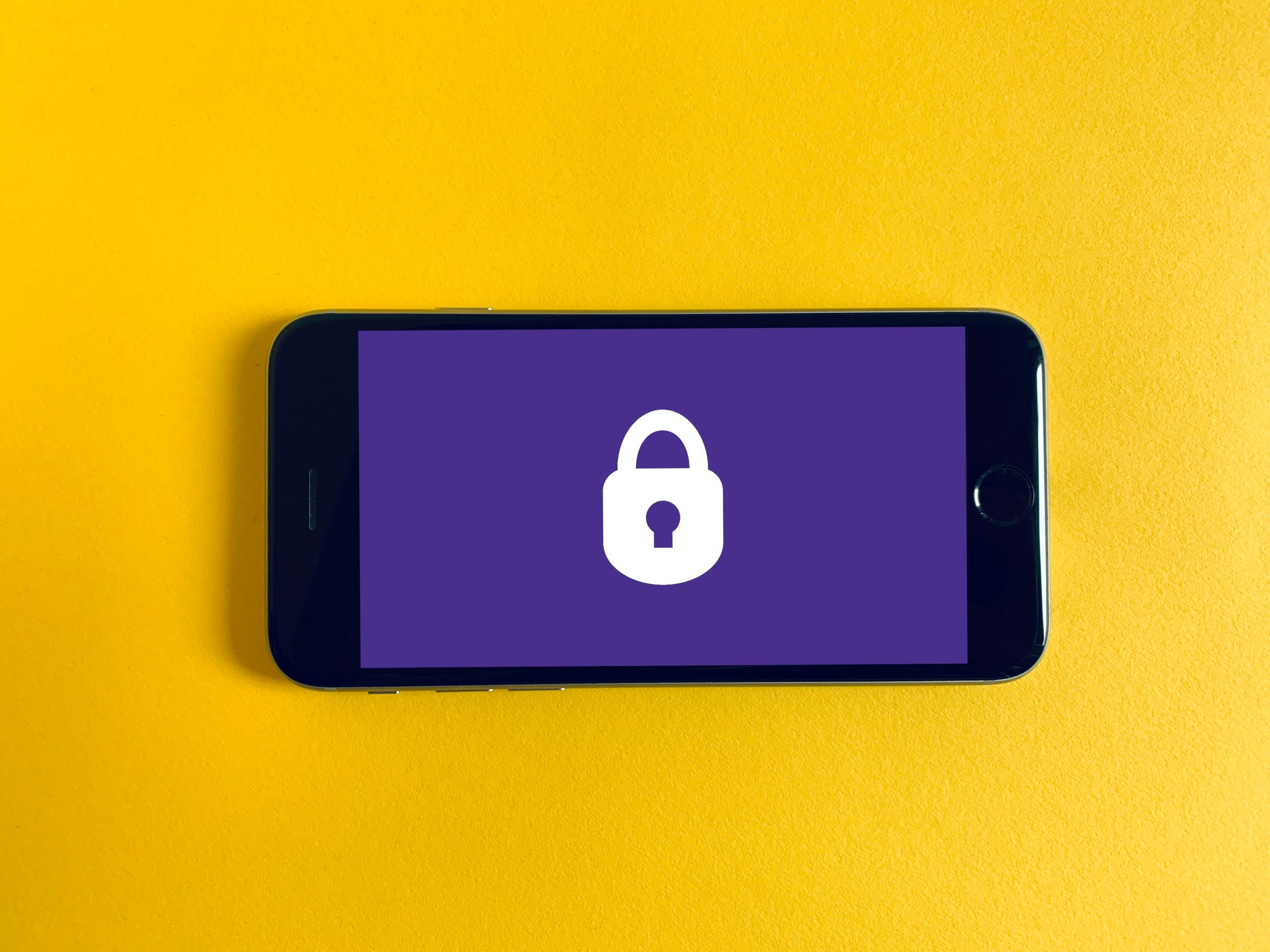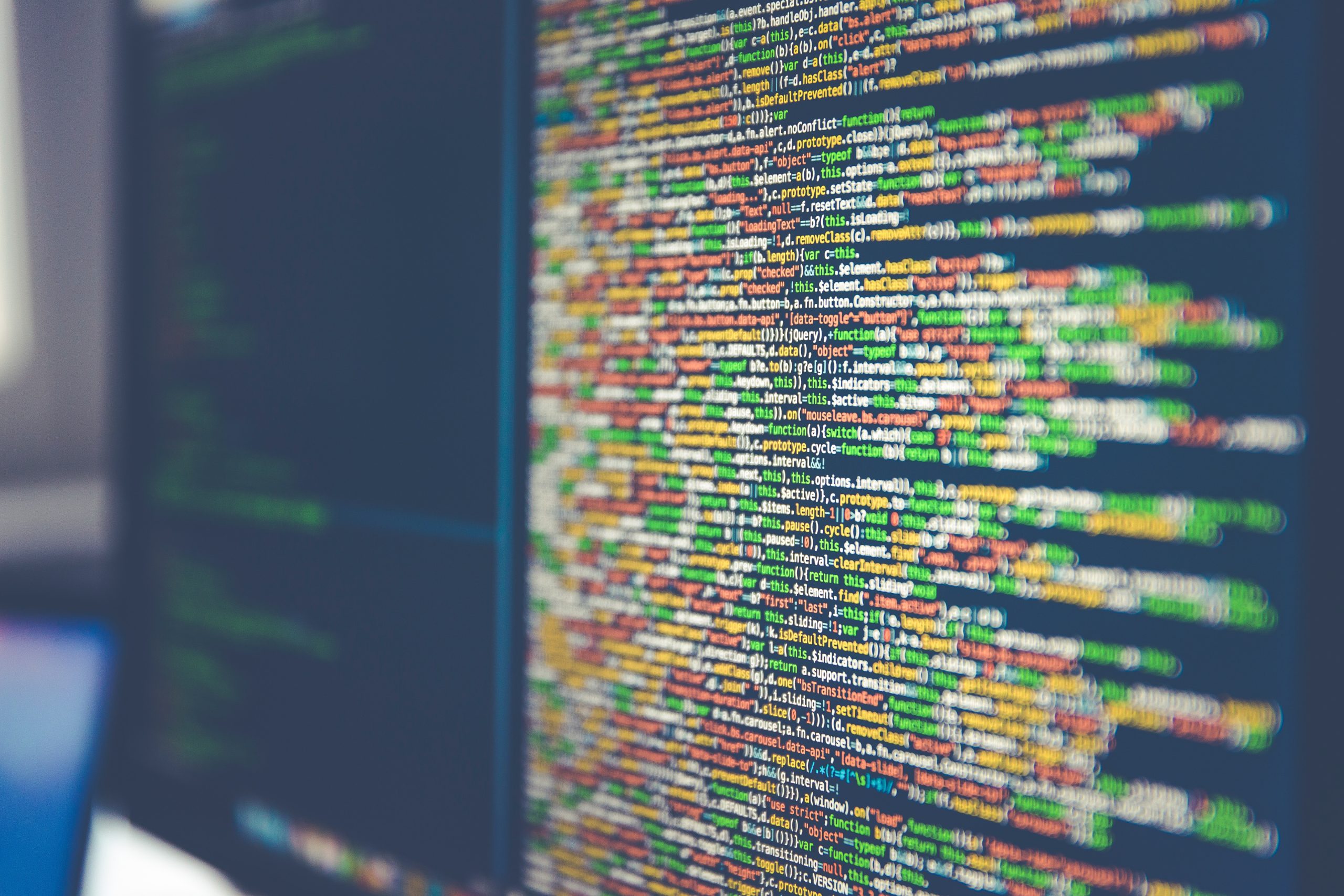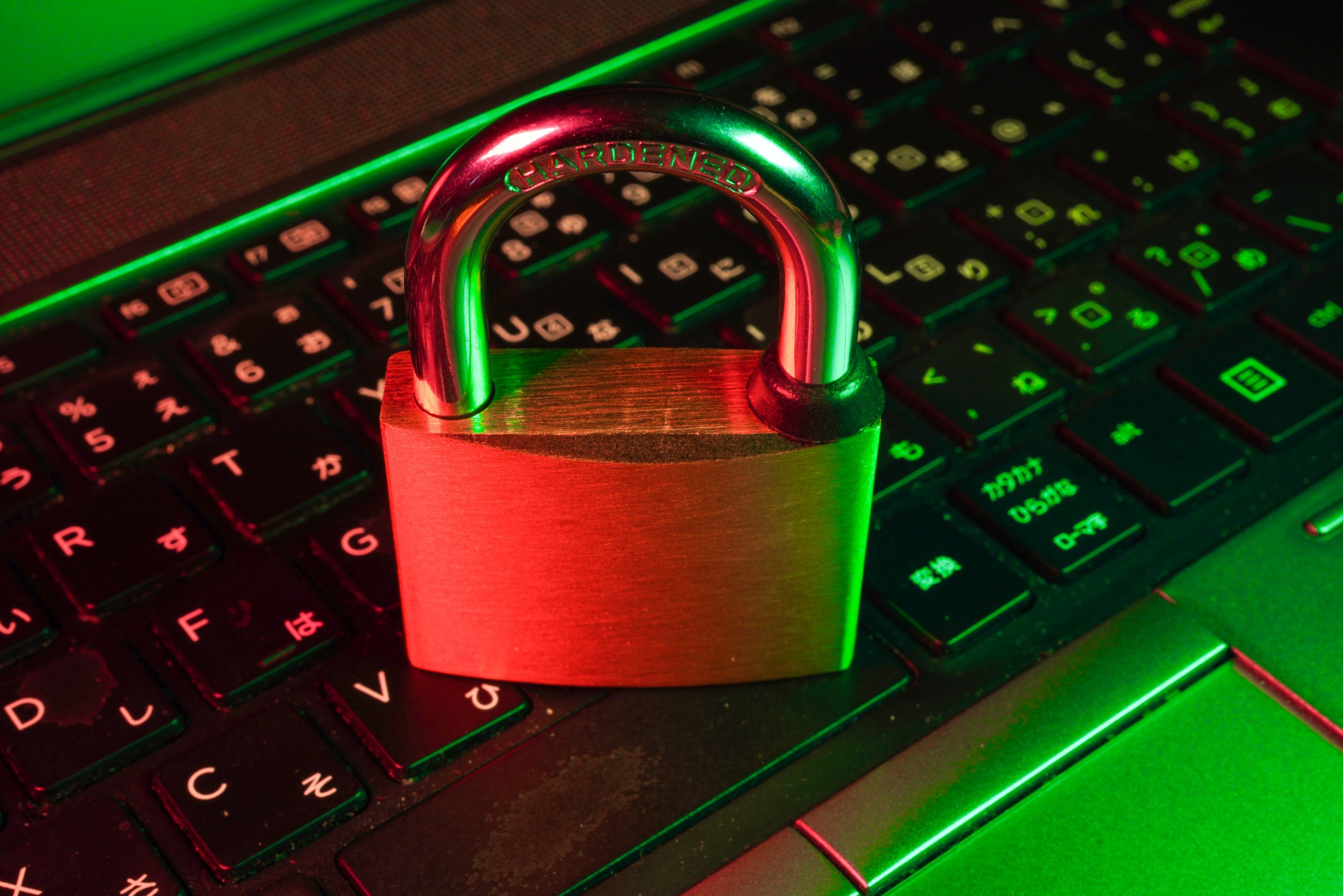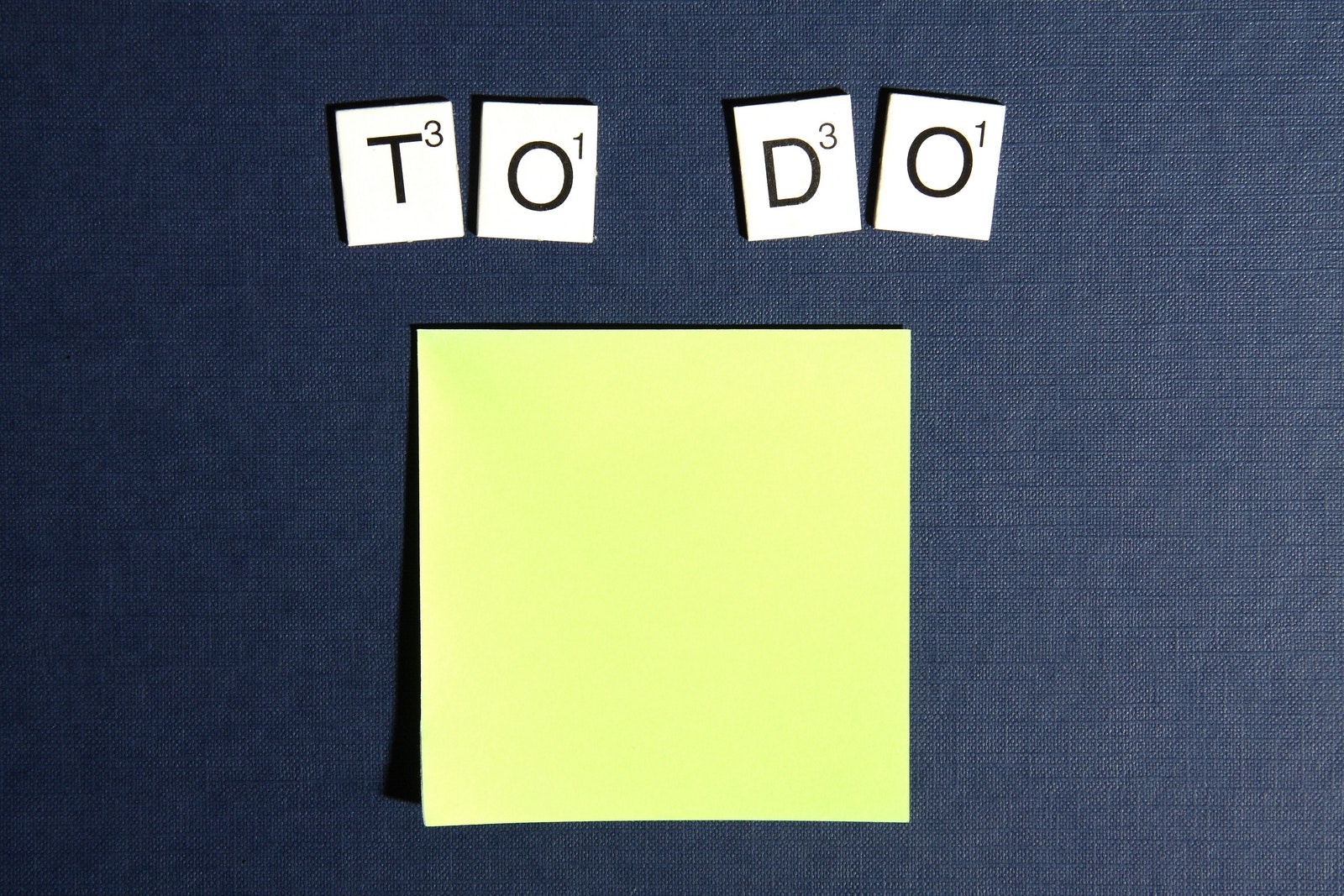Software-as-a-Service (SaaS) applications are becoming increasingly popular, but they come with security challenges that can be difficult to navigate. For Chief Information Security Officers (CISOs), it is important to have a comprehensive SaaS security checklist and best practices in place. This article provides an overview of the key steps CISOs should take to ensure the security of their organization’s data and systems when using SaaS applications.
Overview of SaaS Security
SaaS security is a critical aspect of any organization’s cybersecurity strategy. SaaS, or Software-as-a-Service, refers to cloud-based applications that are hosted and managed by third-party providers. These applications are accessible over the internet and can be accessed by employees from anywhere in the world. Because of this accessibility, it is essential for companies to ensure that their SaaS applications are secure.
One way companies can ensure SaaS security is by implementing proper access controls. This includes enforcing strong passwords and multi-factor authentication, limiting access based on job roles and responsibilities, and regularly reviewing user access privileges. Additionally, companies should encrypt data both in transit and at rest to protect it from unauthorized access.
Another key aspect of SaaS security is monitoring for suspicious activity. Companies should implement real-time monitoring tools to detect abnormal behavior or potential breaches quickly. Incident response plans should also be put into place so that if a breach does occur, the company can respond promptly and effectively. By following these best practices, CISOs can help safeguard their organization’s sensitive data while still reaping the benefits of using cloud-based software solutions.
Establishing Risks & Solutions
Establishing risks and solutions is a crucial step in creating an effective SaaS security checklist. CISOs must identify potential threats to their organization’s data, systems, and networks. These risks can include external attacks such as phishing, malware, or ransomware, as well as internal threats from employees’ actions or system vulnerabilities. Once identified, CISOs must create a plan for mitigating these risks through the implementation of appropriate security measures.
One solution to mitigate external attacks is to incorporate multi-factor authentication (MFA) for all user accounts. This adds an extra layer of protection by requiring users to provide additional information beyond just their password to access sensitive information. Another solution could be regular software updates and patching to prevent known vulnerabilities from being exploited by attackers.
CISOs should also consider implementing employee training programs on cybersecurity best practices such as identifying suspicious emails or avoiding public Wi-Fi networks when accessing company data. By establishing risks and implementing solutions proactively, CISOs can ensure that their organization’s data remains secure against potential threats.
 Identifying Third Party Access Points
Identifying Third Party Access Points
Identifying third-party access points is becoming increasingly important for the security of SaaS systems. As more organizations rely on SaaS solutions to manage their business, the risk of unauthorized access to sensitive data also increases. Third-party access points refer to any entry point that a third party can use to gain access to your system or data.
One way to identify these access points is by conducting a thorough review of all third-party vendors who have been granted privileged access. This includes vendors who have remote access, VPN connections, or other forms of network connectivity. It’s also essential to look at software integrations and API connections that third parties may use with your system.
In addition, monitoring user activity logs can help identify potential unauthorized activities or breaches through third-party vendors. Regular checks should be conducted on permissions and privileges given to these vendors in order to ensure that they are necessary and appropriate for the services they provide. By identifying and securing third-party access points, organizations can reduce the risk of data breaches and ensure the security of their SaaS systems.
 Data Protection Protocols
Data Protection Protocols
One of the most critical aspects of SaaS security is data protection. CISOs must ensure that their organization’s data is protected at all stages of its life cycle, from creation to disposal. This requires implementing robust data protection protocols that include encryption, access controls, and backups.
Encryption is a crucial component of any data protection protocol. It involves converting sensitive information into an unreadable format so that unauthorized parties cannot access it. CISOs should consider using both symmetric and asymmetric encryption methods for maximum security.
Access controls are equally important in protecting data from unauthorized access or modification. Organizations should implement role-based access control (RBAC) mechanisms to limit user privileges based on their job roles and responsibilities. Additionally, multi-factor authentication (MFA) can be used as an additional layer of security to prevent unauthorized access to sensitive company information.
Finally, regular backups must be taken to ensure business continuity in case of a disaster or cyber-attack. Backups allow organizations to restore their systems quickly and avoid significant downtime or loss of critical business data. CISOs should develop backup strategies that align with the organization’s recovery time objectives (RTO) and recovery point objectives (RPO).
 Developing Secure Authentication Systems
Developing Secure Authentication Systems
Developing secure authentication systems is a critical aspect of ensuring that your company’s data and resources are protected from unauthorized access. One approach to achieving this is through the use of multi-factor authentication (MFA), which requires users to provide two or more forms of identification before being granted access. MFA can be implemented in various ways, such as requiring a password and verification code sent via text message or using biometric authentication like fingerprints or facial recognition.
Another consideration when developing secure authentication systems is to ensure that user passwords meet specific requirements. Passwords should be complex and unique, avoiding commonly used phrases or predictable patterns. Additionally, companies should consider implementing policies that require regular password changes and limit the number of failed login attempts to prevent brute force attacks.
Overall, developing secure authentication systems involves a combination of technological solutions and policy enforcement strategies. By implementing best practices like MFA and strong password policies, companies can better protect their sensitive data and maintain the trust of their customers.
 Safeguarding User Accounts & Data
Safeguarding User Accounts & Data
Securing user accounts and data is an essential part of any SaaS security checklist. One of the most effective ways to safeguard user accounts is through multi-factor authentication (MFA). This method requires users to provide two or more pieces of evidence before they can log in, such as a password and a verification code sent to their phone or email. It greatly reduces the risk of unauthorized access even if a hacker obtains login credentials.
Another key aspect of protecting user data is encryption. All sensitive information should be encrypted both in transit and at rest. This means that even if someone intercepts the data while it’s being transmitted, they won’t be able to read it without the decryption key. Additionally, access controls should be implemented so that only authorized personnel can view or modify sensitive information.
Lastly, regular security audits and assessments should be conducted to ensure that all security measures are up-to-date and effective against new threats. CISOs should work closely with their teams to identify potential vulnerabilities and take necessary action before any breach occurs. By prioritizing these best practices, organizations can build trust with their users by demonstrating their commitment to keeping their data safe and secure at all times.
Implementing Robust Governance Practices
Implementing robust governance practices is critical for any organization that wants to maintain an effective and secure SaaS environment. This involves developing a framework for managing the overall security of the organization, including risk assessment, compliance management, and incident response planning. One key aspect of this is defining roles and responsibilities across the organization to ensure accountability at all levels.
In addition to defining roles and responsibilities, implementing robust governance practices also involves establishing clear policies and procedures for SaaS usage. This includes guidelines around data classification, access control measures such as multi-factor authentication, and monitoring and reporting mechanisms to detect potential threats early on. Organizations should also consider regular security training for employees to ensure that they understand their role in maintaining a secure SaaS environment.
Finally, it’s important for organizations to continually evaluate the effectiveness of their governance practices through ongoing risk assessments and audits. By regularly reviewing their policies and procedures against best practices in the industry, organizations can identify areas where they need improvement or where they may be falling short of regulatory requirements. With these steps in place, organizations can better protect their sensitive data while enabling their employees to work efficiently with SaaS applications.
Conclusion: Ensuring Comprehensive SaaS Security
In conclusion, ensuring comprehensive SaaS security is crucial for any organization that relies on cloud-based software solutions. A well-rounded security strategy should include a combination of technology tools and employee training programs to minimize the risk of data breaches. CISOs can start by conducting a thorough SaaS security assessment and implementing the necessary measures to protect their company’s sensitive information.
One key aspect of SaaS security is user access management. Organizations should ensure that only authorized personnel have access to sensitive data and that user accounts are regularly reviewed and updated as needed. Additionally, regular system updates, vulnerability testing, and threat monitoring should be implemented to keep up with evolving cybersecurity threats.
Finally, it’s essential for CISOs to establish clear communication channels with their team members regarding SaaS security protocols. Ongoing education sessions can help employees understand the importance of maintaining secure practices when using cloud-based software solutions. By taking these steps, organizations can better protect themselves from cyber attacks while maximizing the benefits of SaaS technology.



